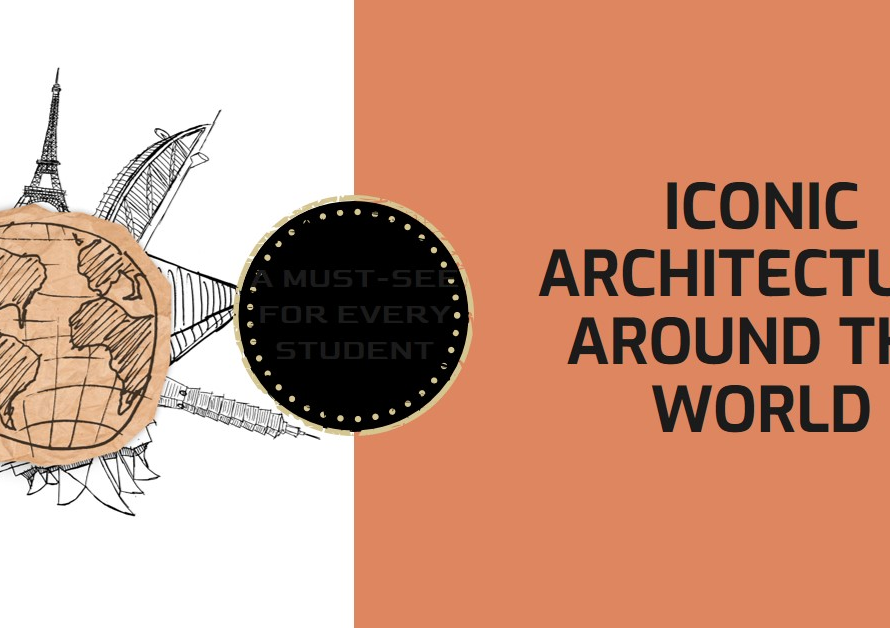
Table of Contents
1. Introduction: The Power of Architectural Visualisations in Marketing
Architectural Visualisations have emerged as indispensable tools in the arsenal of architects and designers, revolutionizing the way projects are conceptualized, presented, and marketed. This guide explores the transformative role of architectural visualizations as the architect’s best marketing tool, offering insights and strategies for leveraging visualizations to showcase design prowess, attract clients, and win projects in a competitive industry landscape.
2. Visual Storytelling: Captivating Audiences with Design Narratives
Architectural visualizations excel in visual storytelling, allowing architects to convey design concepts, narratives, and visions with unparalleled clarity and impact. Through photorealistic renderings, immersive animations, and virtual tours, architects can transport clients and stakeholders into envisioned spaces, showcasing architectural features, materials, lighting effects, and spatial experiences in vivid detail. Visual narratives evoke emotional responses, inspire imagination, and create lasting impressions that resonate with clients seeking visionary design solutions.
3. Client Engagement: Building Trust and Vision Alignment
Visualizations serve as powerful tools for engaging clients throughout the design process, fostering transparent communication, and aligning visions between architects and stakeholders. By involving clients in the visualization journey—from initial sketches to 3D models and realistic renderings—architects nurture trust, solicit feedback, and co-create design solutions that meet client expectations and project goals. Visualizations enable clients to visualize design alternatives, explore material palettes, and make informed decisions, leading to collaborative partnerships and successful project outcomes.
4. Marketing Collateral: Elevating Brand Presence and Recognition
Architectural visualizations transcend traditional marketing collateral, serving as dynamic assets that showcase design expertise, innovation, and aesthetic sensibilities. Incorporating visualizations into portfolios, websites, social media channels, and marketing campaigns enhances brand visibility, attracts prospective clients, and positions architects as industry leaders. High-quality visualizations demonstrate attention to detail, design finesse, and a commitment to excellence, resonating with clients seeking top-tier architectural services.
5. Competitive Advantage: Standing Out in a Crowded Market
In a competitive architectural landscape, compelling visualizations offer a distinct competitive advantage, setting architects apart from competitors and winning the attention of discerning clients. By investing in cutting-edge rendering technologies, artistic creativity, and storytelling prowess, architects can create visualizations that not only showcase design concepts but also evoke emotional connections and inspire confidence in project outcomes. Visualizations act as persuasive tools during client presentations, pitches, and proposals, highlighting design differentiation and value propositions effectively.
6. Real-Time Visualization Technologies: Interactive Experiences and Insights
The advent of real-time visualization technologies such as VR (Virtual Reality) and AR (Augmented Reality) has revolutionized architectural presentations, offering immersive, interactive experiences for clients and stakeholders. VR walkthroughs allow clients to explore virtual spaces, interact with design elements, and experience spatial proportions firsthand, providing valuable insights and enhancing decision-making processes. AR applications overlay digital models onto real-world environments, enabling architects to showcase design integrations, contextual relationships, and visual impacts in real time.
7. Collaboration and Feedback: Iterative Design Refinements
Visualizations facilitate collaborative design processes by enabling architects, clients, and project teams to visualize design iterations, explore options, and gather feedback iteratively. Real-time rendering engines, collaborative platforms, and cloud-based workflows streamline communication, version control, and design coordination, fostering productive collaborations and reducing design iterations. Incorporating client feedback early in the visualization stage ensures alignment with expectations, minimizes rework, and accelerates project timelines.
8. Sustainability Showcase: Communicating Environmental Design Strategies
Architectural visualizations play a vital role in communicating sustainable design principles, energy-efficient features, and environmental considerations to clients, communities, and regulatory bodies. Through visual simulations of daylighting strategies, renewable energy systems, green spaces, and material choices, architects can illustrate the environmental performance and benefits of sustainable design solutions. Sustainable visualizations resonate with eco-conscious clients, demonstrate design innovation, and contribute to a greener built environment.
9. Cross-Platform Integration: Seamless Visual Experiences
Integrating visualizations across multiple platforms—from websites and social media to presentations and interactive apps—creates seamless visual experiences that engage diverse audiences and amplify marketing reach. Mobile-friendly visualizations, 360-degree panoramas, and shareable VR experiences empower clients to explore designs anytime, anywhere, fostering engagement and brand advocacy. Cross-platform integration enhances accessibility, user experiences, and brand consistency, reinforcing architects’ market presence and influence.
10. Conclusion: Harnessing the Marketing Power of Architectural Visualizations


In conclusion, architectural visualizations represent more than just digital images; they are potent marketing tools that showcase design excellence, inspire client confidence, and propel architectural firms to success in a competitive industry landscape. By mastering the art of visual storytelling, leveraging real-time technologies, fostering client engagement, and communicating design narratives effectively, architects can harness the full marketing potential of visualizations to attract clients, win projects, and leave a lasting impact on the built environment. Embrace the transformative power of architectural visualizations as your best ally in marketing architectural visions and shaping the future of design innovation.


